The right person at the right time makes all the difference: Best practices for ownership information
Dynatrace
MARCH 27, 2024
Knowing who is responsible for specific areas and services is a vital skill that saves time and hassle. Combining services and responsible teams increases transparency, simplifies the identification of the right people, enables automation, and saves time and money. Knowledge is power. Ensuring ownership coverage in the environment.


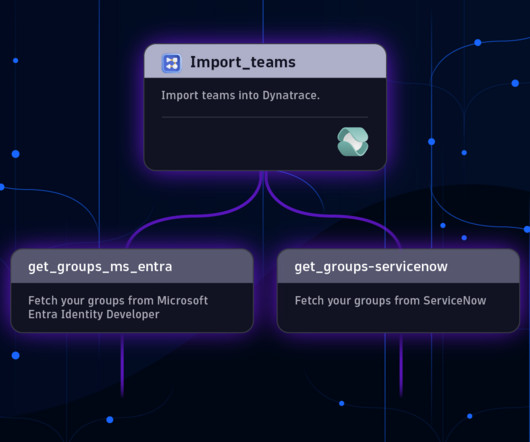

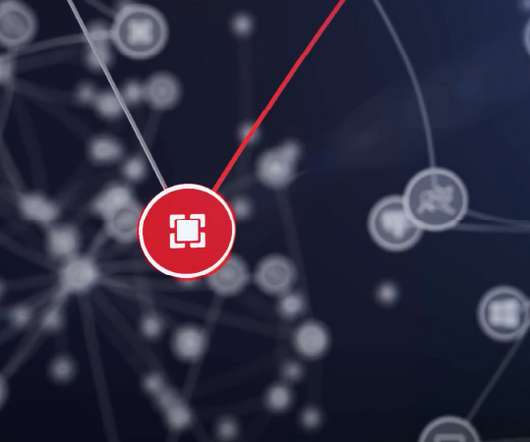

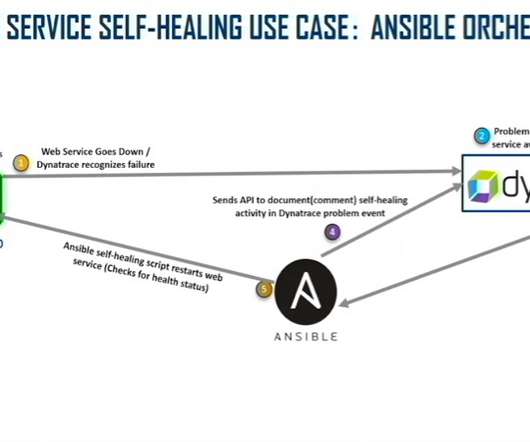
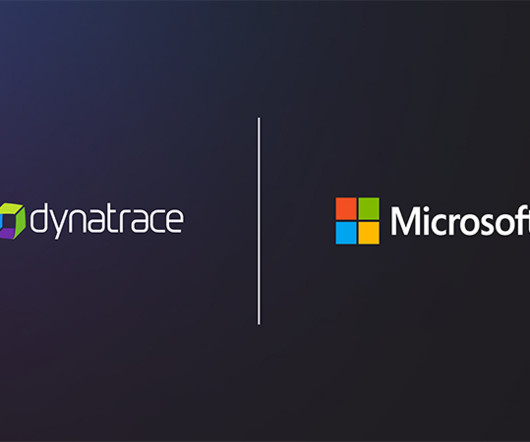
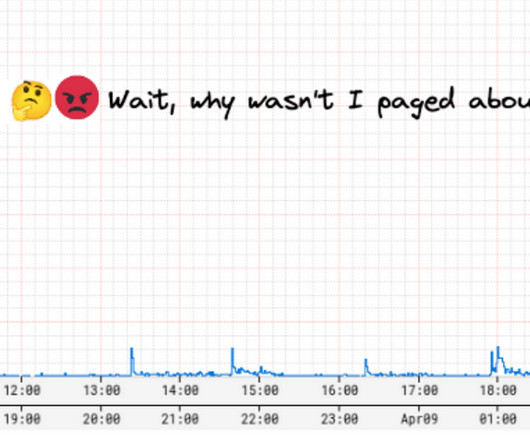






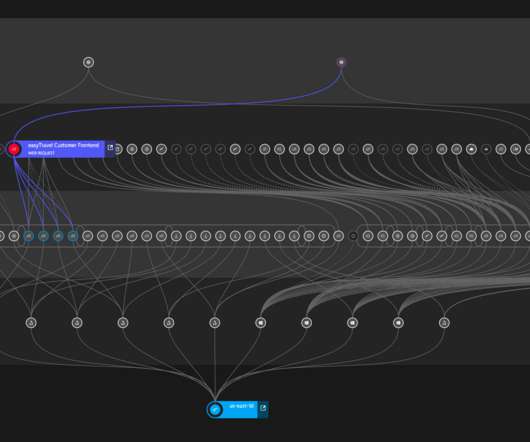






Let's personalize your content